Blackgrass is on the rise in Ireland and is spreading at an alarming rate.
The tall, ferociously competitive and aggressive weed can smother cereals and lead to a collapse in yields.
A bad infestation will also riddle soils with seeds, rendering cereal production unviable for many years to come.
The weed thrives in our climate, particularly in winter cereal rotations where crops are drilled earlier with non-inversion establishment methods. It is a highly adaptive weed and has developed resistance to multiple herbicide groups which makes infestations difficult to control while still growing cereals commercially.
The weed has been appearing on the island of Ireland in low numbers for decades
If we want to understand why blackgrass is such an issue, all we have to do is look at our neighbours across the water, where the weed got a hold on many UK tillage farms. It is estimated that resistant populations now occur on almost 20,000 UK farms.
The weed has been appearing on the island of Ireland in low numbers for decades. However, from the middle of the last decade, the number of confirmed cases and severity of infestations began to increase.
As the numbers below outline, the measures taken to control the weed in Ireland have not been successful. Make no mistake, just like in the UK, we will lose control unless we step up and take action.
To raise awareness of the blackgrass threat facing tillage farmers, the Irish Farmers Journal and Teagasc have teamed up for a year-long series focusing on all aspects of the weed. We are encouraging farmers, advisers and merchants to get involved and to adopt a zero-tolerance approach to the weed this year.
Blackgrass – the yield robber
Blackgrass is distinctive when mature with its long, thin dark heads but it can be less easy to spot when it’s in its vegetative stage.
Blackgrass has been in Ireland for decades but the resistant populations found here in recent years are relatively new. It is believed that these populations entered Ireland from the Britain via machinery, straw and seed imports and are now spreading through the countryside.
Seed decline when buried is relatively rapid
Just 12 blackgrass plants/m2 can lead to a 5% yield reduction. The weed can produce 400 to 600 viable seeds per plant but this can be much higher where it has ample space. So just one blackgrass weed can quickly become an infestation if left unchecked. Seed decline when buried is relatively rapid (70% to 80% per year), so when an infestation occurs, the only option is to take that field out of tillage production for at least five years.
Rise in numbers
Blackgrass has now spread to virtually all tillage counties. Compiling accurate numbers of confirmed cases is a challenge and relies on input from multiple sources.
Figures compiled by Teagasc in 2019 showed that there were over 40 confirmed cases of blackgrass in the Republic of Ireland.
Updated figures compiled by Teagasc over 2020 with input from advisers, merchants, agronomists and Department of Agriculture inspectors show that this number increased to 98 cases. However, one can argue that this is just a fraction of the actual blackgrass numbers in Ireland and this does not include figures from Northern Ireland.
Of the confirmed cases, north Dublin and Cork are hotspots, with 20 and 18 confirmed cases, respectively. Fifteen cases have been identified in Kildare, with 11 in Meath and five in Tipperary.
Turning the tide
on blackgrass
Over 12 weeks throughout the year this series will focus on all aspects of blackgrass including identification, biology, spread patterns, control, the role of integrated pest management and the UK experience, with contributions from the Teagasc tillage team.
The series will include articles in print, online and across social media using the hashtag #Blackgrass21. We are encouraging all readers to get involved on social media to share and contribute to the series. Let’s make 2021 the year we turn the tide on blackgrass.
Blackgrass is on the rise in Ireland and is spreading at an alarming rate.
The tall, ferociously competitive and aggressive weed can smother cereals and lead to a collapse in yields.
A bad infestation will also riddle soils with seeds, rendering cereal production unviable for many years to come.
The weed thrives in our climate, particularly in winter cereal rotations where crops are drilled earlier with non-inversion establishment methods. It is a highly adaptive weed and has developed resistance to multiple herbicide groups which makes infestations difficult to control while still growing cereals commercially.
The weed has been appearing on the island of Ireland in low numbers for decades
If we want to understand why blackgrass is such an issue, all we have to do is look at our neighbours across the water, where the weed got a hold on many UK tillage farms. It is estimated that resistant populations now occur on almost 20,000 UK farms.
The weed has been appearing on the island of Ireland in low numbers for decades. However, from the middle of the last decade, the number of confirmed cases and severity of infestations began to increase.
As the numbers below outline, the measures taken to control the weed in Ireland have not been successful. Make no mistake, just like in the UK, we will lose control unless we step up and take action.
To raise awareness of the blackgrass threat facing tillage farmers, the Irish Farmers Journal and Teagasc have teamed up for a year-long series focusing on all aspects of the weed. We are encouraging farmers, advisers and merchants to get involved and to adopt a zero-tolerance approach to the weed this year.
Blackgrass – the yield robber
Blackgrass is distinctive when mature with its long, thin dark heads but it can be less easy to spot when it’s in its vegetative stage.
Blackgrass has been in Ireland for decades but the resistant populations found here in recent years are relatively new. It is believed that these populations entered Ireland from the Britain via machinery, straw and seed imports and are now spreading through the countryside.
Seed decline when buried is relatively rapid
Just 12 blackgrass plants/m2 can lead to a 5% yield reduction. The weed can produce 400 to 600 viable seeds per plant but this can be much higher where it has ample space. So just one blackgrass weed can quickly become an infestation if left unchecked. Seed decline when buried is relatively rapid (70% to 80% per year), so when an infestation occurs, the only option is to take that field out of tillage production for at least five years.
Rise in numbers
Blackgrass has now spread to virtually all tillage counties. Compiling accurate numbers of confirmed cases is a challenge and relies on input from multiple sources.
Figures compiled by Teagasc in 2019 showed that there were over 40 confirmed cases of blackgrass in the Republic of Ireland.
Updated figures compiled by Teagasc over 2020 with input from advisers, merchants, agronomists and Department of Agriculture inspectors show that this number increased to 98 cases. However, one can argue that this is just a fraction of the actual blackgrass numbers in Ireland and this does not include figures from Northern Ireland.
Of the confirmed cases, north Dublin and Cork are hotspots, with 20 and 18 confirmed cases, respectively. Fifteen cases have been identified in Kildare, with 11 in Meath and five in Tipperary.
Turning the tide
on blackgrass
Over 12 weeks throughout the year this series will focus on all aspects of blackgrass including identification, biology, spread patterns, control, the role of integrated pest management and the UK experience, with contributions from the Teagasc tillage team.
The series will include articles in print, online and across social media using the hashtag #Blackgrass21. We are encouraging all readers to get involved on social media to share and contribute to the series. Let’s make 2021 the year we turn the tide on blackgrass.




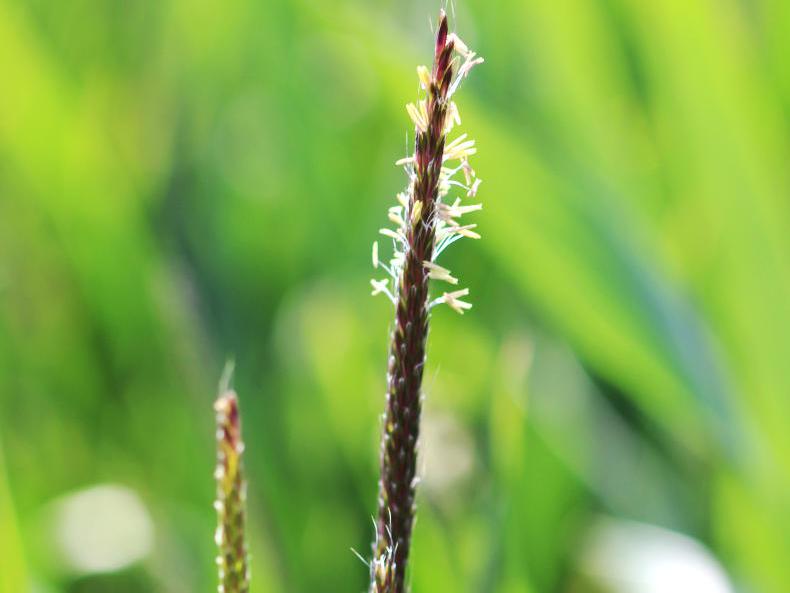
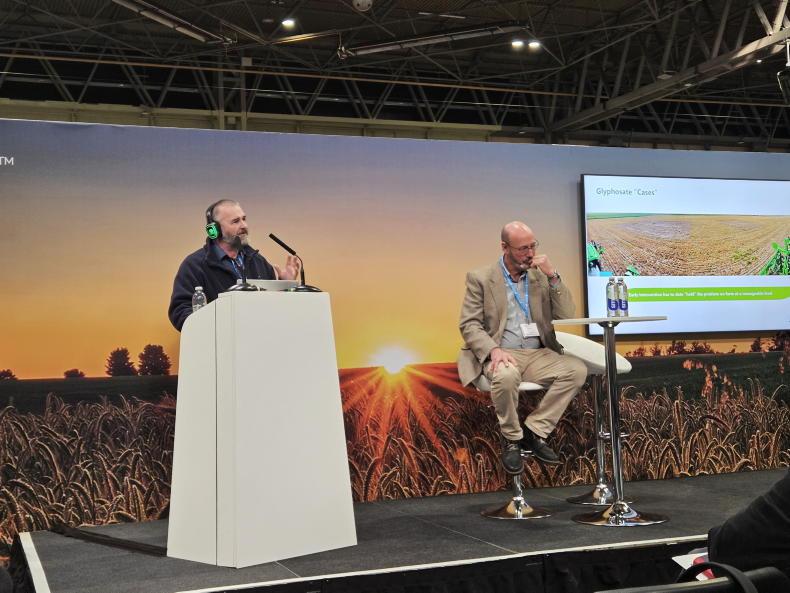
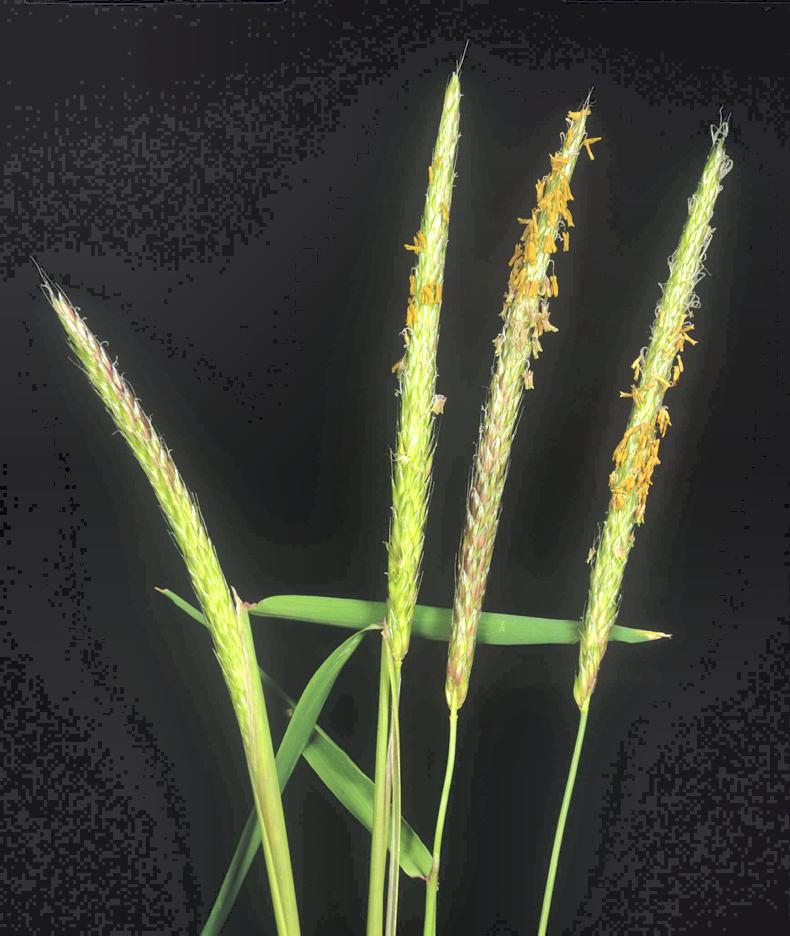
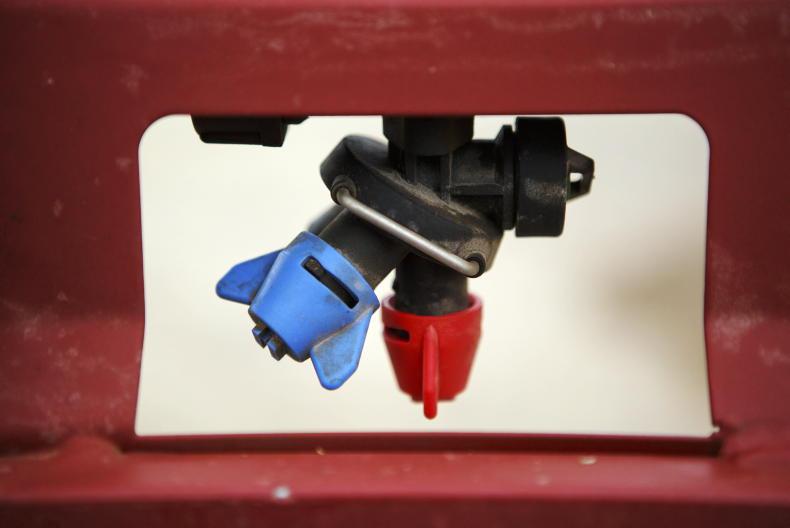
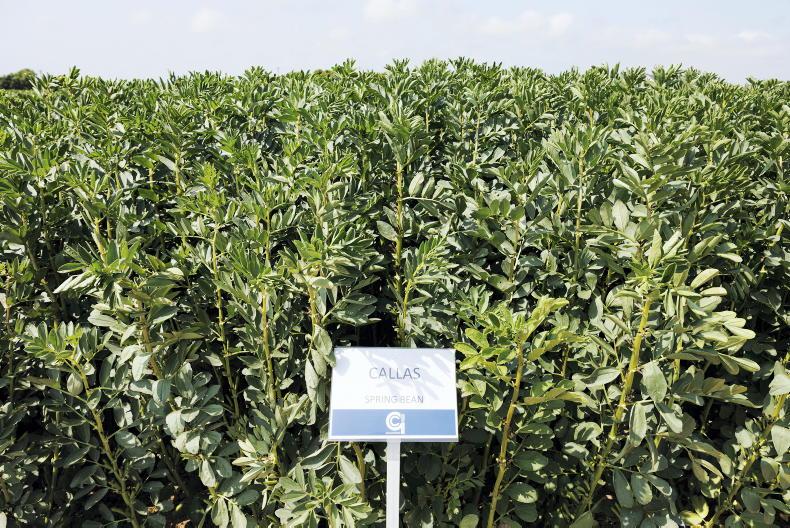
SHARING OPTIONS